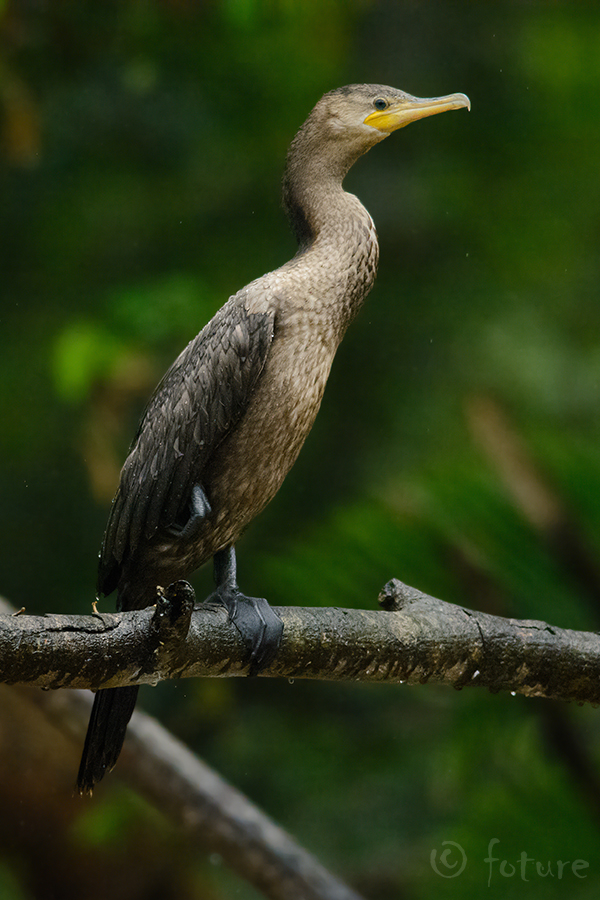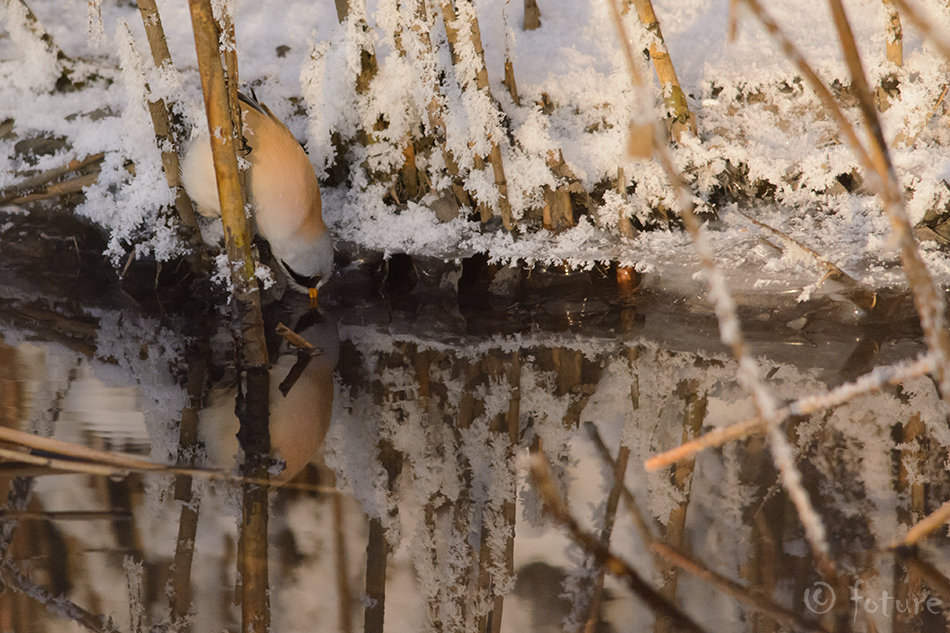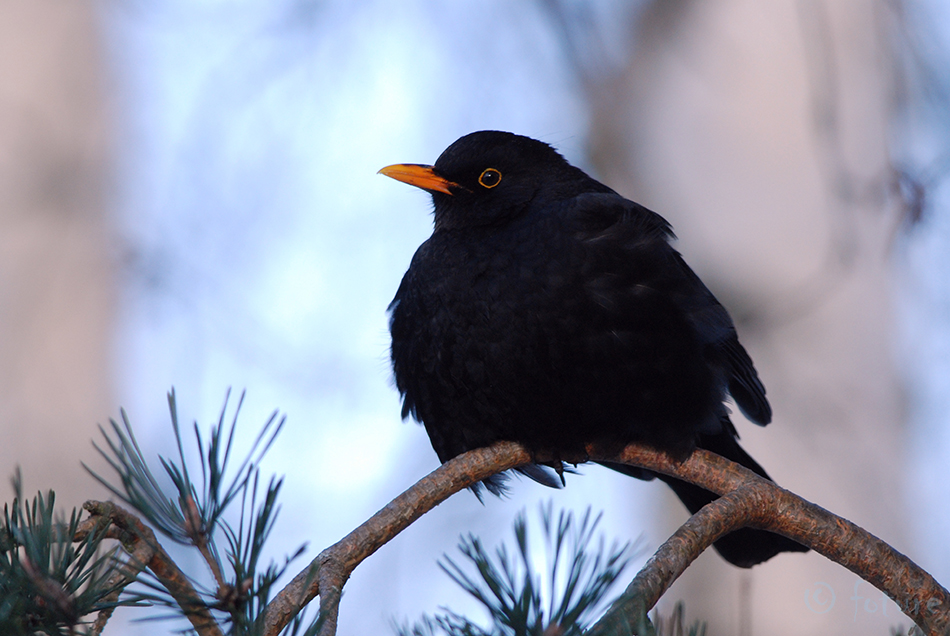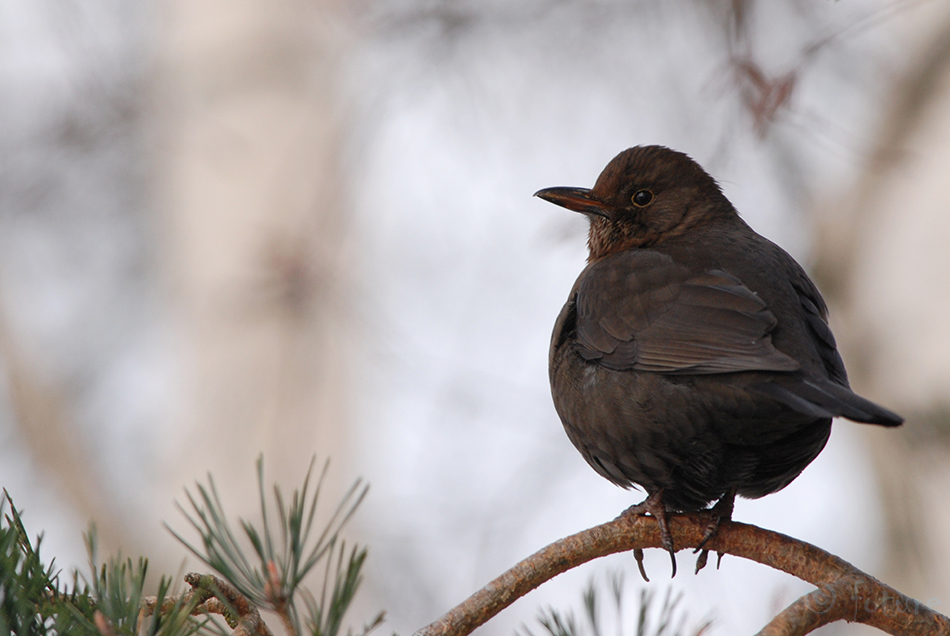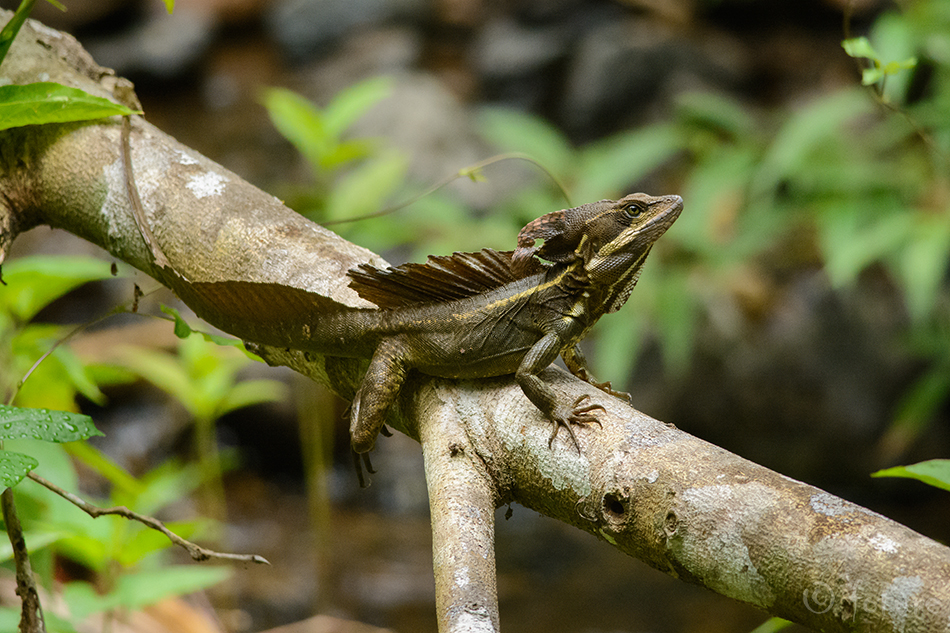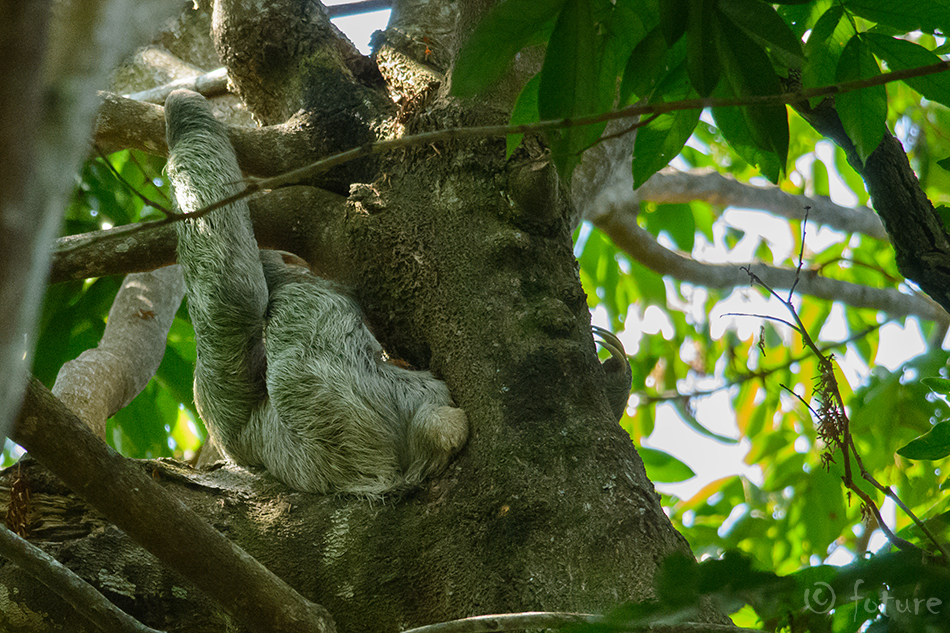Selvaiibis on lind, keda leidub Hondurasest Argentiina põhjaosani. Tänu
oma tumedale välimusele, eristub ta teistest iibistest üsna selgelt. Nagu
pildilt võib ka näha, meeldib linnule passida kõrgetel okstel, reeglina
sellistel, mis ulatuvad veekogu kohale. Caño Negro märgala, Costa
Rica.
Green Ibis or Cayenne Ibis is a bird that is found from Honduras to
Northern Argentina. It is distinctively dark and unlikely to be
confused with any other ibis. As seen from the photo, this bird likes to
perch high up in trees, usually the ones that reach over a body of
water. Caño Negro Wildlife Refuge, Costa Rica.













